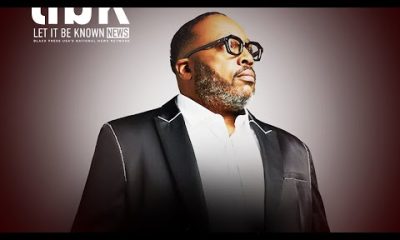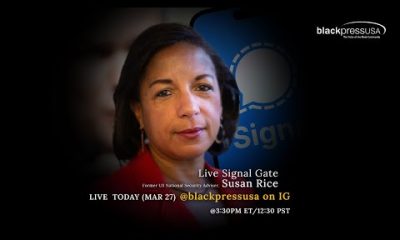#NNPA BlackPress
A Look Inside Dallas’s Proposed $1.25 Billion Bond Has the City Wondering, ‘Where is the Money, LaShondra?’
DALLAS WEEKLY MAGAZINE — The city Dallas and the Department of Works would allocate funds to upgrade the city’s streets, and would go on to spend almost $289 million with two contractors for road improvements, which according to a 2022 audit, may not have been up to par. The audit, conducted by City Auditor Mark Swann, found that projects were “not consistently monitored and inspected for quality and timely performance” and that project information was “not centralized or reliable.” Swann also noted in his report that project expenditures had not been consistently verified as cost overages would occur without documented explanation.
The post A Look Inside Dallas’s Proposed $1.25 Billion Bond Has the City Wondering, ‘Where is the Money, LaShondra?’ first appeared on BlackPressUSA.
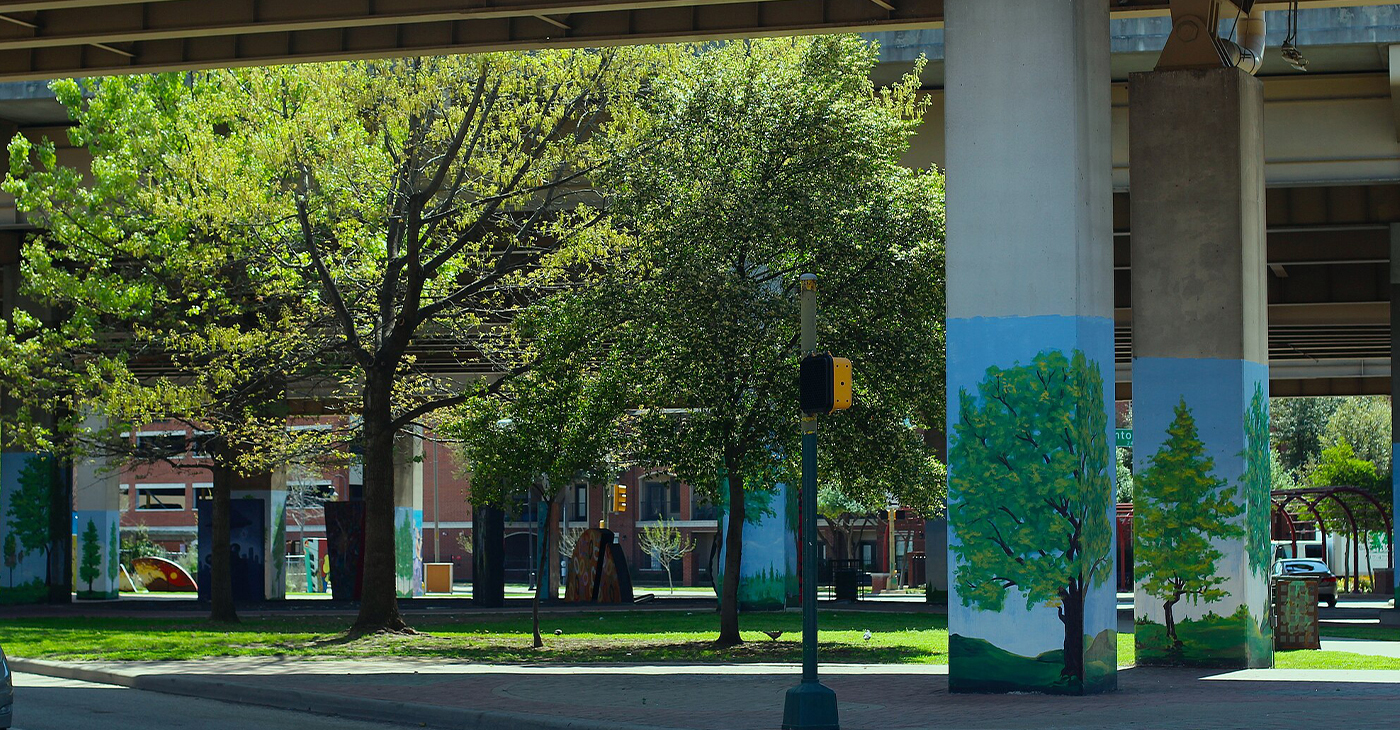
By Marlissa Collier | Dallas Weekly Magazine
These Dallas streets have become notorious. But not for the summer day parties, life-threatening Deep Ellum nights or the random sighting of a front-facing scooter bike “gang” (because can it really be a gang if everyone’s knees are in front of them?). Instead, Dallas streets have become notorious for their condition, namely the countless gaping holes developed from sitting water, wear and tear and what we can only hope is the occasional trail ride function that has gone all the right ways. The kind of holes that are so disruptive and destructive that they make trying to record the next viral TikTok video en route to that job you’re hoping to quit once the content takes off, all but impossible, and unplanned tire, suspension and axle repairs all but inevitable. In fact, the streets are so bad in Dallas that they were at the center of a lawsuit against the city back in 2017, when a driver by the name of John Everhart sued the city for auto damages caused by these notorious potholes.
Needless to say, the city was able to have the lawsuit dismissed, denying it could be held liable for damages caused by its mean streets. Then, in 2019, the City Council was briefed on the state of Dallas’s 11,775 miles of streets, where they would learn that as a whole, the average “grade” of Dallas roads sat at a pathetic 65.4, or a D. During this 2019 presentation, city staffers briefed the council on what it would take to tutor the city’s byways up to a C grade or 75 average score. The team maintained that the city would need a budget of almost $100 million more than what was to be allocated to street maintenance in 2021 and an additional $230 million for projects in 2023. These ballooned budget needs, according to the city staff, would need to continue through 2028.
Soon, the city Dallas and the Department of Works would allocate funds to upgrade the city’s streets, and would go on to spend almost $289 million with two contractors for road improvements, which according to a 2022 audit, may not have been up to par. The audit, conducted by City Auditor Mark Swann, found that projects were “not consistently monitored and inspected for quality and timely performance” and that project information was “not centralized or reliable.” Swann also noted in his report that project expenditures had not been consistently verified as cost overages would occur without documented explanation.
The two contractors in the crosshairs of Swann’s audit, Heritage Materials, LLC and Texas Materials, LLC, both of whose almost non-existent digital footprint is troubling, especially since they are doing millions in business with the city of Dallas, were awarded in excess of $235 million and $53 million respectively. Swann’s audit exposed an estimated $15.5 million in cost overages, bringing the total spend between these two contractors in excess of the estimated cost to 12%. What’s worse though is that back in Fiscal Year 2015, the Office of the City Auditor conducted a similar audit, looking into street paving and maintenance, only to find a similar issue with the city’s oversight of these barrels of money, wherein auditors observed, “unmet inspection requirements,” “lack of documentation to demonstrate work was performed,” and “inconsistent or unreliable use of project management systems.” Now, because of Dallas’s history of financial mismanagement, specifically when it comes to road maintenance, a look inside Dallas’s $1.25 billion proposed bond should have the city wondering, “Where is the Money, LaShondra?”
Now, over at Dallas Weekly, we’re excellent at telling the stories that people need most. We don’t claim to be mathematicians by any stretch. But proof of basic knowledge of basic arithmetic is something that we do require upon joining the newsroom, and well, something just isn’t adding up. Not only have things not added up in the past, there’s something interestingly suspect about the potential $1.25 billion bond from whence the city Council is seemingly willing to allocate $500 million for the same notorious Dallas streets that were supposed to get a massive upgrade between 2019 and 2021. And if we can’t keep up with $289 million, ensuring that the work that is to be done with said funds is actually completed, on time and within budget, what makes us so sure that the city can keep up with a budget of $500 million?
The proposed bond, which, if agreed upon, would go to vote on May 4, has, as expected, been a major point of discussion for the council, with council members making cases for their causes of choice before their colleagues and the community. In a council meeting on Wednesday, January 31, the council voted 9-6 to approve a non-binding agreement, pitched by Mayor Pro Tem, Tennell Atkins, who represents District 8. That proposal included $310 million for parks, or $50.5 million more than the council average. The council also agreed to slash the average public safety budget by $5 million, allocating $90 million to the protection of the city and its citizens. Libraries booked a win (you see what we did there?), with the potential to grab $29 million more than the average council budget for $43.5 million of the bond and cultural arts facilities also won big, locking in a potential $75.2 million, $10 million more than the average.
While there doesn’t seem to be much push back on proposed allocations for any of the aforementioned factions of Dallas city life, one major line item received and is still receiving immense criticism: Housing. Housing was allocated just $61 million, a figure that means no more or less is proposed to be set aside than average, after housing advocates asked for $200 million to pour into the development of affordable units. Community members and some council members alike see this as a sign of trouble, especially given Dallas’s rising cost of living and shortage of affordable housing units. Though one councilwoman, Cara Mendelsohn, saw things differently, arguing just days before the council approved the aforementioned proposal that Dallas’ tax-paying citizens should not be required to pay for city-issued debt in order to get the affordable housing that other already established programs can help provide. Advocates pushed back on Mendelsohn, saying that the current city programs are insufficient to meet the need, pointing out that the city is currently 33,600 units short for low-income households. Again though, if the city already has established programs to combat the lack of affordable housing, where is the oversight? How have these programs maintained subpar performance and remained funded?
For some context, these bonds, also called “municipal bonds,” are a type of debt security issued by local, county or state governments to pay for “capital expenditures” or things like roads, dams, schools, etc. Because this bond is debt, it must be paid back, and the way that’s usually done is through a combination of taxes collected and revenue generated by the projects bond funds were invested in. In Dallas’s case, the Dallas Zoo is seeking to have $30 million of bond funds allocated to them (probably from the Parks & Recreations budget), because according to Former Dallas Park Chairman Bobby Abtahi, the “project is your best shot at making transformational change.” While the Dallas Zoo is certainly cool, because who wouldn’t want to hang out with the two emperor tamarin monkeys (Bella and Finn are their names) who were monkey napped at banana point and held hostage amongst a collection of cats and pigeons for two days, it may be a bit of an oversale to call the new leopard enclosure “transformation” — especially when Dallas’s people cannot (legally) live at the Dallas Zoo.
We now know that the bond will go to a vote. The council met on Wednesday, February 14 to finalize the bond proposal and approved calling it to a vote in a May election. So, the money will be borrowed, and the money will be spent. But the real question should be, who is watching the money? Who is ensuring that it’s actually going where it’s supposed to go and being used in a way that’s efficient and effective for all citizens of the city of Dallas? Because to Ms. Cara’s point, this is debt. Debt that, if approved, will mean that the people are on the hook on behalf of the city, in one way or another. It’s worth keeping a watchful eye on where the people’s funds flow, and it wouldn’t hurt to make sure this time around, the city keeps its promise of filling in a few more of those potholes that are costing residents new tires, shocks and the perfect take on their next TikTok video. Just saying.
The post A Look Inside Dallas’s Proposed $1.25 Billion Bond Has the City Wondering, ‘Where is the Money, LaShondra?’ first appeared on BlackPressUSA.
#NNPA BlackPress
LIVE! — HE SAID, HE SAID, HE SAID: APRIL FOR THE ARTS 2025, MARIA LANA QUEEN — FRI. 4.25.25 7PM EST
Tune in Friday, April 25, 2025 @ 7pm EST for another live new episode of “He Said, He Said, He Said Live!” A Look at the World …
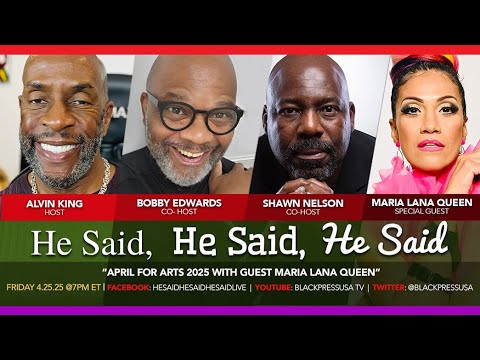
https://youtube.com/watch?v=kjPIugVQCAg&autoplay=0&cc_lang_pref=en&cc_load_policy=0&color=0&controls=1&fs=1&h1=en&loop=0&rel=0
Tune in Friday, April 25, 2025 @ 7pm EST for another live new episode of “He Said, He Said, He Said Live!” A Look at the World …
#NNPA BlackPress
The Marathon
Headlines and Cory Booker. LET IT BE KNOWN NEWS | We amplify Black voices and headlines that reflect or impact the Black …

Headlines and Cory Booker. LET IT BE KNOWN NEWS | We amplify Black voices and headlines that reflect or impact the Black …
#NNPA BlackPress
Hot Topics and Headlines
The WHCA board has unanimously decided we are no longer featuring a comedic performance. Lonnie Bunch III is speaking out …
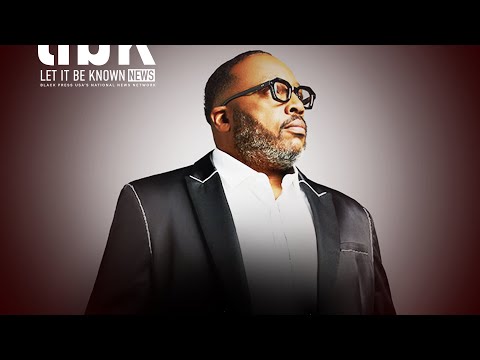
The WHCA board has unanimously decided we are no longer featuring a comedic performance. Lonnie Bunch III is speaking out …
-

 Activism4 weeks ago
Activism4 weeks agoOakland Post Endorses Barbara Lee
-

 Activism3 weeks ago
Activism3 weeks agoOakland Post: Week of April 2 – 8, 2025
-

 #NNPA BlackPress3 weeks ago
#NNPA BlackPress3 weeks agoTrump Profits, Black America Pays the Price
-

 Activism2 weeks ago
Activism2 weeks agoOakland Post: Week of April 9 – 15, 2025
-

 #NNPA BlackPress3 weeks ago
#NNPA BlackPress3 weeks agoHarriet Tubman Scrubbed; DEI Dismantled
-

 #NNPA BlackPress3 weeks ago
#NNPA BlackPress3 weeks agoTrump Targets a Slavery Removal from the National Museum of African-American History and Culture
-

 #NNPA BlackPress3 weeks ago
#NNPA BlackPress3 weeks agoLawmakers Greenlight Reparations Study for Descendants of Enslaved Marylanders
-

 #NNPA BlackPress3 weeks ago
#NNPA BlackPress3 weeks agoNew York Stands Firm Against Trump Administration’s Order to Abandon Diversity in Schools





